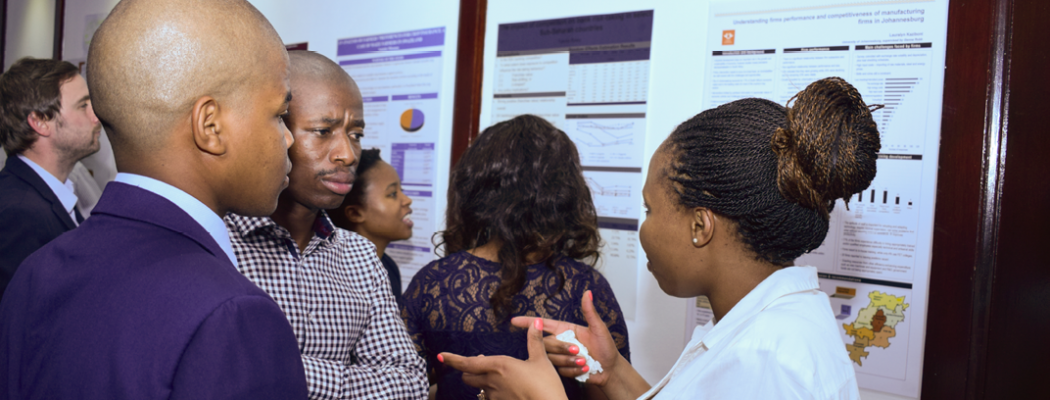Improved representation of coal supply for the power sector for South Africa
Abstract
In this paper, the energy and economic models used in the linked modelling approach for South Africa are further refined such that (i) links between coal mines and markets are included; (ii) economic and energy data related to coal and coal mining are better aligned; and (iii) the link between demand and production of coal is improved between the energy and economic models. The objective of these advances is twofold. First, to capture more accurately the impacts of changing coal costs on potential energy and emissions pathways for South Africa through the impacts of higher coal prices on the economy and on employment. Second, better representation of the coal sector provides insights on the timing and magnitude of coal-mine and power plant retirements, which are crucial to developing policies required to ameliorate any negative impacts resulting from the energy transition. To illustrate the model advances two potential power generation pathways for South Africa are compared: a least-cost energy mix which does not include new coal power plants; and one where renewable capacity in the power sector is constrained, resulting in ~25GW new coal-fired power plant capacity. A comparison of these scenarios shows that, with rising coal costs and lower coal export demand, persisting with coal-based power generation does not “save jobs” in South Africa at the aggregate level, as higher power investment is required in the constrained scenario. This, combined with the higher electricity price experienced in the constrained scenario, negatively affects the rest of the economy, offsetting any positive gains from continued coal-based power generation.

